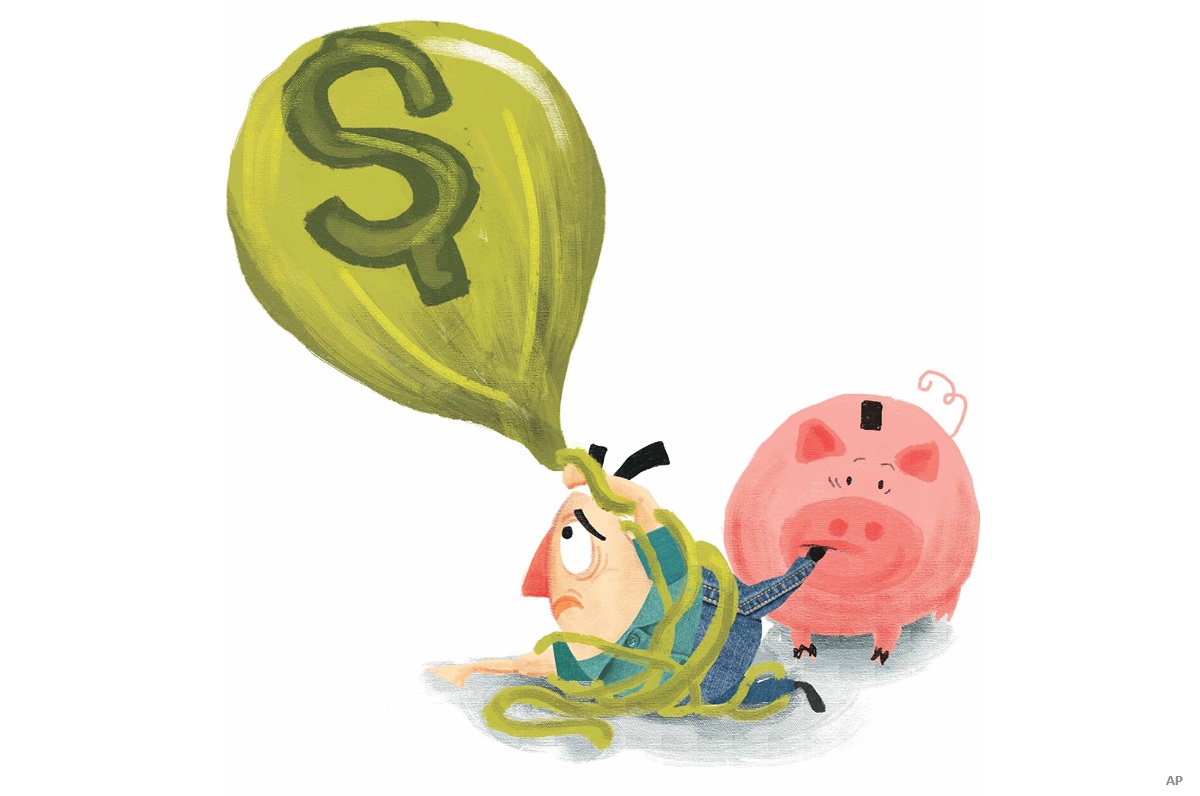The global fixed income environment, which proved challenging in 2018, has taken on a more positive tone, but key risks remain. U.S. fiscal policy and trade with China, as well as Brexit still weigh heavy on the market.
“As the [economic] numbers change, and they get positive, the Fed could be a question mark, as we go forward. That’s number one,” says Dan Janis III, head of global multi-sector fixed income, and senior managing director at Boston-based Manulife Asset Management.
“Number two is the trade-with-China deal. That has created a massive source of volatility through global markets. We do believe there will be some sort of watered-down agreement, not a full-blown solution, especially regarding technology. But there will be an agreement that will lessen the ability of the U.S. to put more tariffs on. That is a slightly positive factor.”
The third issue hanging over the bond market is the unresolved Brexit crisis that could disrupt some voting patterns in Europe. “People have to understand that if you take the U.K. out, France could get a little more on the voting side. This could create some different voting patterns. We are in the middle of this and it’s created turmoil within the U.K. and Europe. The impact has been reflected in a weaker economic standpoint,” says Janis, adding that Italy’s worsening economic position is contributing could to the uncertainty.
Liquidity concerns and a glass half-full
To add to the uncertainty, contends Janis, is the fact that some major banks have not returned to their liquidity profiles achieved before the 2008 financial crisis. “And there are different players in the market. Some private equity firms could emerge as intermediaries and could create a better liquidity environment,” says Janis, a 35-year industry veteran who is lead manager of the 5-star Manulife Strategic Income Fund Series F.
"This is the second time we have been down since 2005, so our track record is pretty good. But we have to understand that markets are a little more tactical and trends are shorter,” says Janis, “We may need a more tactical bent when we look at making allocations. All in all, we view the glass as half-full, not half-empty. You can take risks, but they have to be tempered. The return profile is in the 2.75-5.75% range, after fees. It should be a positive environment.”
From a strategic viewpoint, Janis’s team focuses on four key elements of risk: credit, liquidity, interest rates and currency. But their importance depends much on what is happening in the macro-economic environment and how the team views the world over the next 12-18 months. “There are times when we feel it’s more advantageous to embrace more currency risk or more duration risk or credit risk,” says Janis. He notes that before the 2008 financial crisis the team was more defensive and emphasized higher quality bonds and took on more currency risk. “We wanted to play the U.S. dollar-flight-to-quality opportunity that we saw happening during 2008. As we exited the financial crisis, we saw it was more advantageous to embrace more credit risk, after high-yield spreads widened out significantly. And we took down duration risk, because it made more sense.”
Debt doing well by way of duration
One sign that Janis is being less defensive is that the fund’s duration has moved up to four years, from two years though the latter part of 2018. The fund tends to move within a range of two to six years.
“We are not increasing duration aggressively because there is still a different amount of interest rate risk today, than there was pre-financial crisis. In 2006-07, you could get 6-6.5% yields on high quality government bonds,” observes Janis. “Today, you are not seeing that. We have to be a little careful in how we are allocating capital. We are embracing on a little more credit risk, from an overall contribution to volatility [portfolio returns]. But we are not going to massive credit risk like we did in 2009.”
Janis notes that asset allocation will account for 40-60% of returns over a 3-to-5-year time horizon, and 20-30% comes from security selection, 20-30% comes from currency exposure, while duration and security trading make up the difference. “In any one year some of these percentages may go up a little. But it will always be that asset allocation will be the most important on average.”
From an asset allocation standpoint, about 55% of the portfolio is held in corporate credit, which is mostly in U.S. securities. “We have shifted the mix and taken bank loans down aggressively and expect to be fully out of that asset class. This allocation includes roughly 17% in U.S. high yield bonds, about 20% in investment-grade corporate bonds and 5% in European credits,” says Janis.
“We have a good portion in corporate bonds that are more short-term in nature since we are now getting paid a substantial yield to be in securities that are higher up in terms of credit quality and mean less credit risk. But these bonds don’t have substantial interest-rate risk. With the yield curve being fairly flat overall we are not giving up much in terms of ‘carry’ [the profit from an investment] to be on the shorter end,” Janis notes. “These bonds are also highly liquid, which means we can make changes to the portfolio very quickly if an opportunity presents itself.” Janis says his fund has a bias to more defensive corporate names. Highly diversified, the fund has over 500 securities.
Indonesia and Brazil looking good
The balance of the fund, or 45%, is in sovereign bonds. Among the countries that the team favors is Indonesia. “Their growth rate is over 5%, and inflation is at the lower end of the central bank’s target band. They are not under a lot of pressure to hike rates. But during the volatility [late last year] the central bank did step in to hike rates to combat some of that volatility. They did it from a position of strength and because of inflationary worries,” says Janis.
“That was a sign of confidence, especially as the trend for their current account has moved from a massive deficit to a very strong position and they have substantial foreign exchange reserves.” The bonds, which account for about 4% of the fund, are investment-grade and yield about 8%.
In a similar vein, the managers like Brazil, which accounts for about 2% of the fund. “You are getting paid to take the risk where yields on the short end of the curve are about 9%,” says Janis, adding that the Brazilian currency is also strengthening on the back of long-overdue economic reforms.Looking ahead, Janis and his team do not anticipate a recession in the U.S. Yet they are also holding highly liquid securities so they can seize opportunities when they develop. “If there is a new piece of information that comes out that changes the thesis we want to make sure we can get defensive—if need be,” Janis asserts. “We are selective today, with a bias to be defensive. It’s not a time to reach for yield. You need to be very efficient and careful how you embrace risk in the portfolio. And we are mindful that we are closer to the end of the [economic] cycle than at the beginning. A little more defensive bias makes sense in this environment.”






:quality(80)/cloudfront-us-east-1.images.arcpublishing.com/morningstar/347BSP2KJNBCLKVD7DGXSFLDLU.jpg)






.jpg)





